Russia is home to a surprising variety of cat breeds, each with its own unique charm. Some of these cats are beloved worldwide, while others remain rare and mostly found only in Russia.
In this guide Nexus-pets introduces you to the top 9 Russian cat breeds, helping you discover the perfect feline companion to suit your lifestyle and tastes.
How to Choose the Right Russian Cat Breed for You
When selecting the right Russian cat breed, focus on key factors to find a perfect match for your home and lifestyle.
- Allergies: Some breeds, like the Russian Blue, produce fewer allergens and may be better for allergy sufferers.
- Activity Level: Energetic breeds such as Siberians and Kurilian Bobtails need more playtime, while Russian Blues tend to be more laid-back.
- Grooming Needs: Short-haired or hairless breeds like the Donskoy require less grooming, whereas long-haired breeds like the Siberian need regular brushing.
Matching personality with your lifestyle is also important:
- For active households or families with children, choose social and playful breeds like the Mekong or Karelian Bobtail.
- For quieter homes or those preferring a more independent companion, calmer breeds like the Russian Blue are suitable.
To ensure you get a healthy cat:
- Seek reputable breeders who conduct health screenings and follow ethical breeding practices.
- Consider adoption centers specializing in Russian breeds.
- Connect with breed clubs or online communities for trusted recommendations.
The Top 9 Russian Cat Breeds: In-Depth Profiles
1. Russian Blue
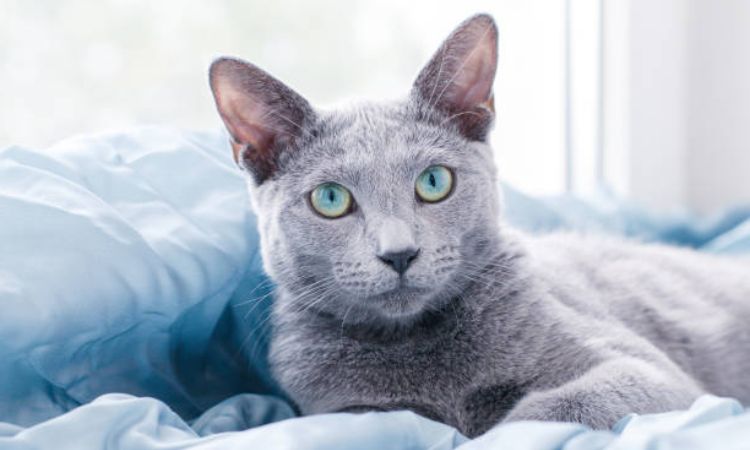
The Russian Blue is one of the most iconic cat breeds with origins traced back to Russia’s northern port city of Arkhangelsk. Renowned for its shimmering, short, dense blue-gray coat and striking vivid green eyes, this medium-sized feline displays an elegant yet athletic build. Russian Blues are often reserved around strangers but deeply loyal and affectionate with their owners. Their temperament balances playfulness with a calm independence, making them well-suited to quiet homes where they receive attention without being overly demanding. Routine grooming is minimal due to their short fur, but providing stimulating toys and consistent schedules helps maintain their mental well-being.
2. Siberian Cat
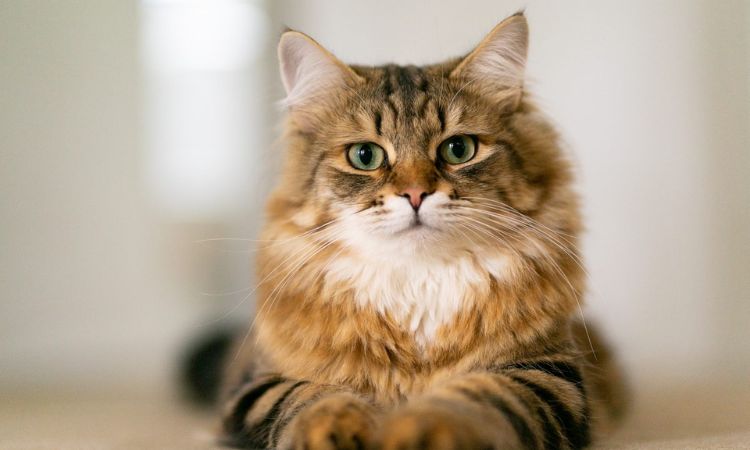
The Siberian cat originates from the vast Siberian taiga, where it developed a thick, triple-layered coat to endure long, harsh winters. This robust breed is larger than many others, sporting a dense semi-long fur with a characteristic ruff around the neck. Siberians are beloved for their outgoing, affectionate, and playful nature, thriving in active households that can provide them with ample playtime and mental challenges. Their grooming demands are higher because of their plush coat, requiring regular brushing to prevent mats and maintain skin health. This hardy breed also boasts strong immunity, contributing to its overall good health.
3. Peterbald
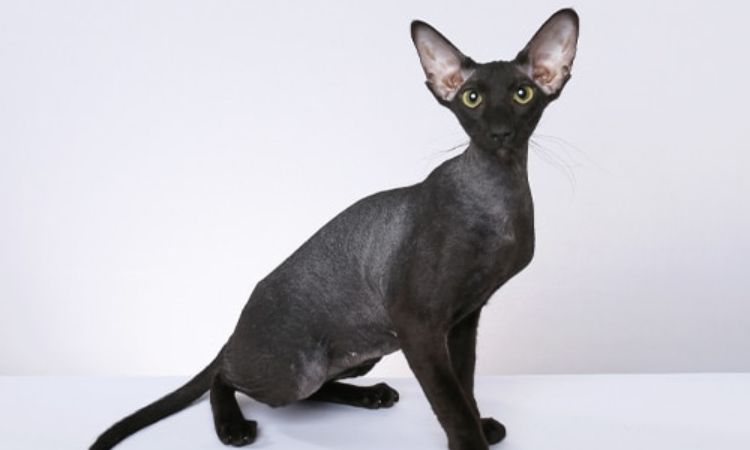
Developed in Russia during the 1990s by crossing the Donskoy with Oriental Shorthairs, the Peterbald cat is easily recognizable for its unique appearance, ranging from completely hairless to having a short, fine coat. These highly sociable felines crave interaction, often following their favorite person around the home. Due to their lack of fur or sparse coat, Peterbalds need special skin care, including regular bathing and protection from temperature extremes. Their intelligent and outgoing nature makes them excellent companions, but prospective owners should be prepared for the additional care requirements linked to their delicate skin.
4. Kurilian Bobtail
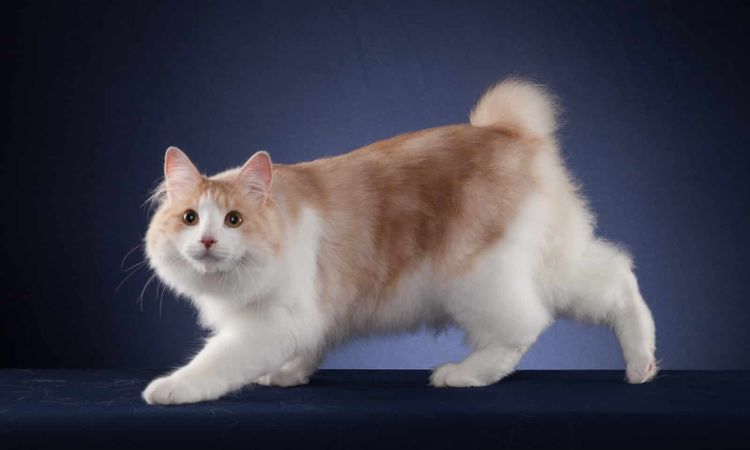
The Kurilian Bobtail is native to the Kuril Islands and parts of Russia’s Far East, steeped in local folklore and regarded as a natural breed. Its most distinctive feature is its short, pom-pom-like bobbed tail complemented by a muscular and sturdy body. Known for being highly energetic and intelligent, this breed enjoys active play and mental stimulation. They adapt well to training and require ample exercise to satisfy their natural hunting instincts. The Kurilian’s friendly disposition makes it an engaging family pet, though they do best in environments where they can explore and stay physically active.
5. Don Sphynx (Donskoy)
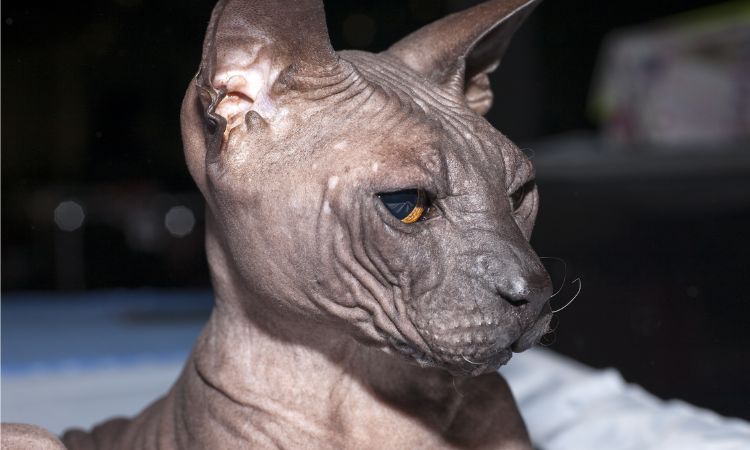
Originating in Russia’s Don region, the Don Sphynx is a striking hairless breed resulting from a spontaneous genetic mutation. This breed’s smooth, wrinkled skin demands meticulous care, including regular moisturizing and protection against harsh weather and sun exposure. Despite their unusual appearance, Donskoys are known for their affectionate, curious, and social personalities. They bond closely with their human families, enjoying constant companionship. Health-wise, they require attentive care to prevent skin conditions and maintain overall well-being.
6. Neva Masquerade
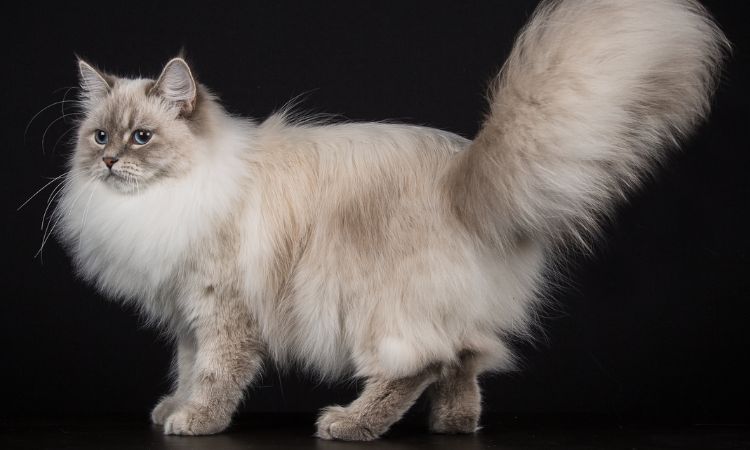
The Neva Masquerade is a colorpoint variant of the Siberian breed, distinguished by its striking mask-like facial markings and blue eyes. Slightly larger and more vocal than the traditional Siberian, this breed blends playfulness with a gentle, family-friendly temperament. They thrive in lively households and enjoy engaging with children and other pets. Due to their semi-long fur and dense undercoat, Nevas require regular grooming to prevent tangles and maintain their coat’s vitality. Their robust health and affectionate nature make them popular among families seeking an interactive and loyal companion.
7. Ural Rex
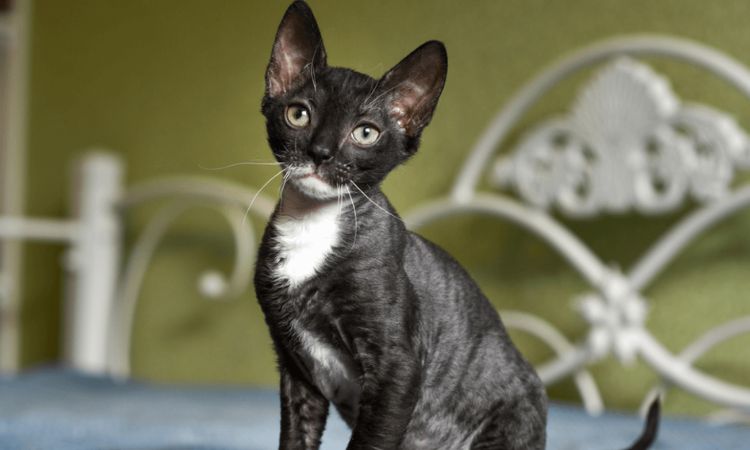
A rare and less commonly known breed, the Ural Rex captivates with its soft, curly coat and expressive eyes. Originating from the Ural Mountains region, this breed’s distinct appearance sets it apart from other Russian cats. Ural Rex cats exhibit playful, outgoing temperaments, often described as curious and affectionate. Though their coat requires gentle care to preserve its unique texture, they adapt well to a variety of living environments, from quiet homes to bustling families. Prospective owners should be prepared for the extra grooming needs associated with their curly fur.
8. Kurilian Rex
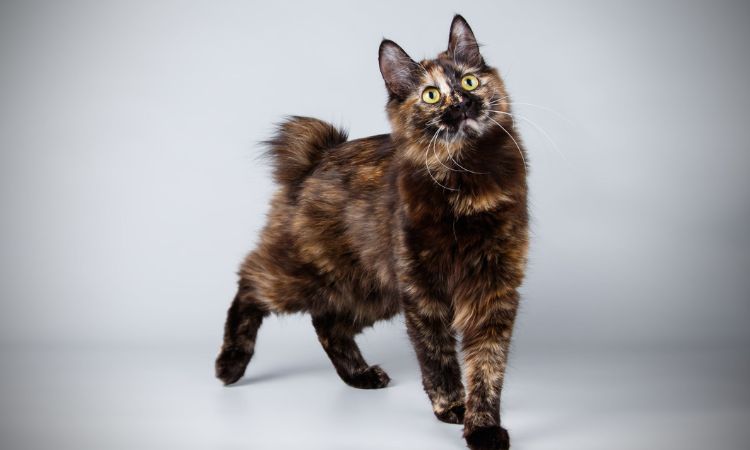
A close relative of the Kurilian Bobtail, the Kurilian Rex is characterized by its curly fur and similarly compact, muscular build. Unlike the standard Kurilian Bobtail, this variety has a soft, wavy coat that enhances its unique look. Known for being affectionate and intelligent, the Kurilian Rex enjoys interactive play and thrives in social households. Their grooming needs are moderate, with occasional brushing to keep their coat healthy. Adaptable and friendly, they make excellent pets for families willing to engage with their energetic nature.
9. Russian White, Black, and Tabby
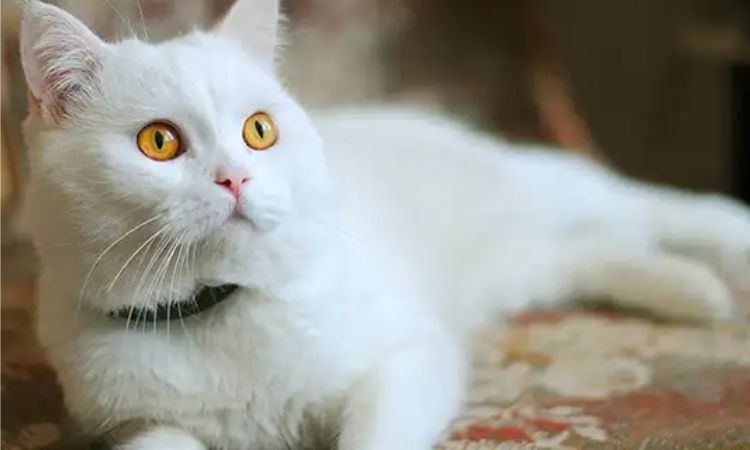
This group represents a collection of less widespread Russian cat varieties, each boasting distinct coat colors and patterns, including pristine white, solid black, and various tabby markings. These breeds share a sturdy build and expressive personalities, ranging from playful and outgoing to calm and reserved. Their moderate grooming needs and adaptability allow them to fit well in diverse living situations. Ideal owners are those seeking a unique, lesser-known Russian cat that combines beauty with a balanced temperament.
That concludes our guide to the top 9 Russian cat breeds, helping you discover your perfect feline companion.






